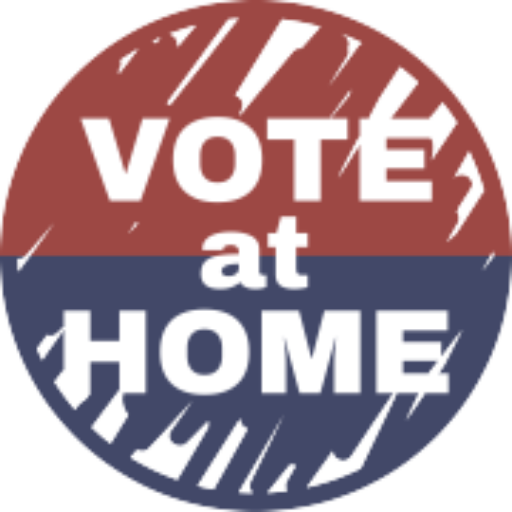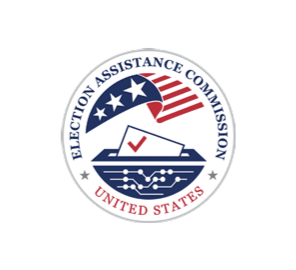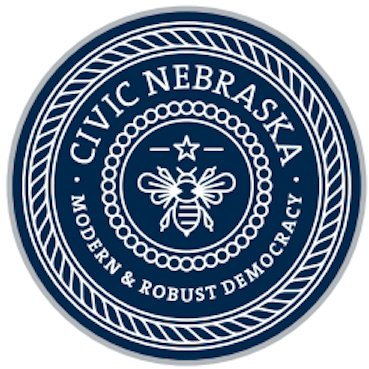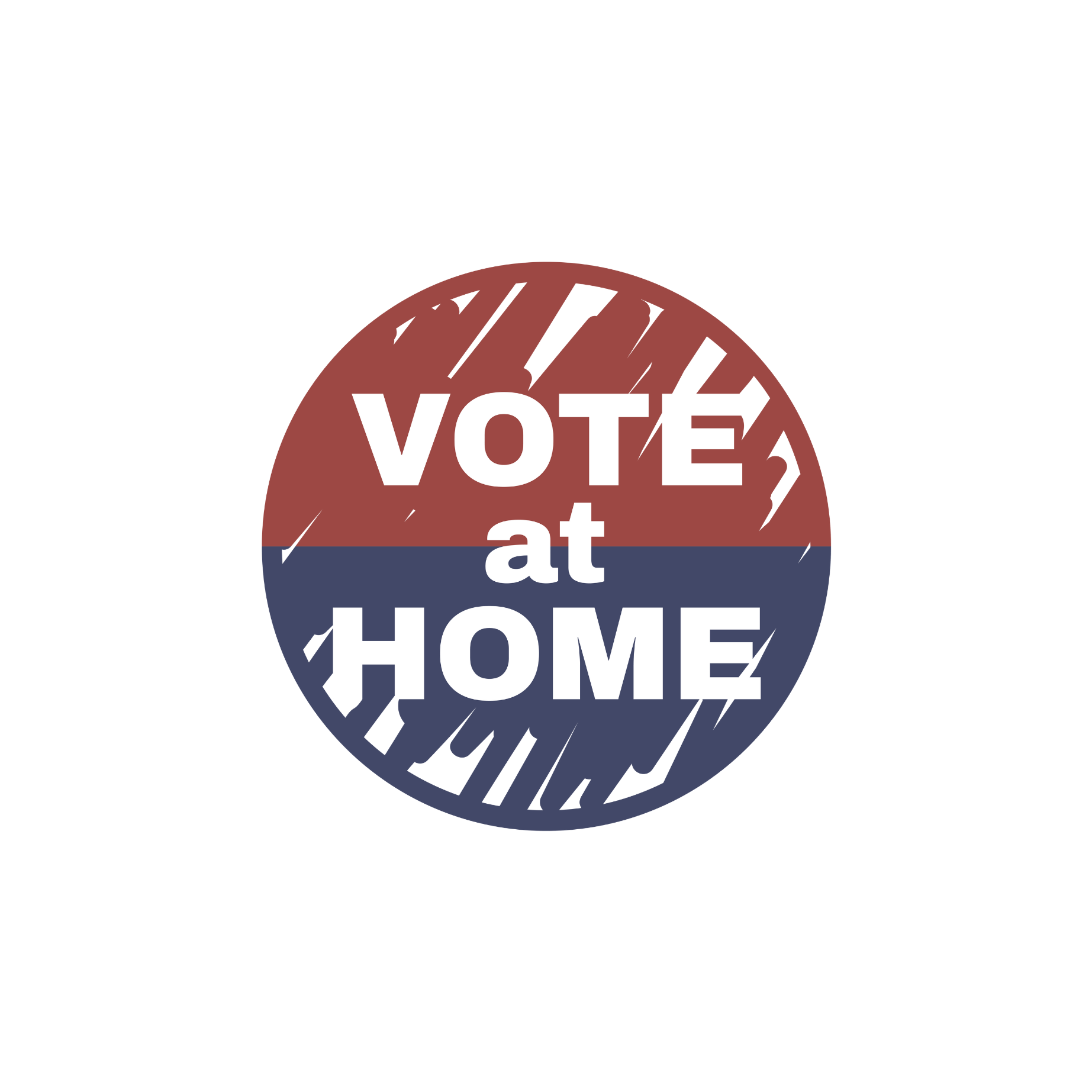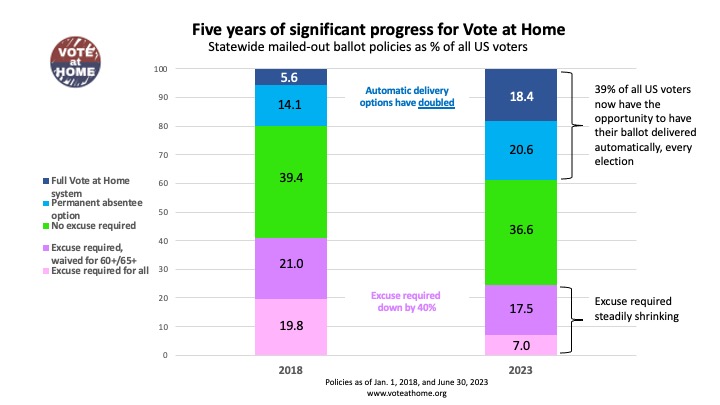An analysis of voting file data provides powerful, new evidence of significantly higher turnout in the 2020 presidential election among 18–34-year-olds, including voters of color, in Vote at Home jurisdictions in which all active registered voters automatically received paper ballots via the U.S. mail before the election. Young voters by key race and ethnicities had significantly higher turnout rates — calculated by the Citizen Voting Age Population and Active Registered Voter denominators — in Vote at Home states in contrast to 2020 battleground states or 2020 non-VAH states with Same Day/Election Day Registration or Automatic Voter Registration.
Disability and Voter Turnout in the 2022 Elections
- Based on Census data, voter turnout increased in 2022 by 1.6 points among citizens with disabilities relative to the 2018 midterm elections, while it decreased among citizens without disabilities by 1.6 points.
- This increase helped close but did not eliminate the turnout gap between citizens with and without disabilities, which went from -4.8 points in 2018 to -1.5 points in 2022.
- The increased turnout among people with disabilities occurred across all disability types and demographic categories—gender, race/ethnicity, age group, and region—but was especially pronounced among young voters with disabilities.
Voters with Disabilities Surged in ’22, Thanks to Vote-by-mail
Civic Nebraska — Rutgers University and the U.S. Elections Assistance Commission have released new findings that, among other things, show the power of vote-by-mail to close the participation gap among different segments of our population.
National Vote At Home Institute Supports New York Early Mail Voting Bill (S.7394/A.7632)
The National Vote at Home Institute (NVAHI), a non-partisan non-profit organization dedicated to providing better access to mailed-out ballots for American voters, fully supports New York’s recently passed early mail voting bill (S.7394/A.7632).
“Access to the ballot is fundamental to American democracy, and we urge Governor Hochul to sign this important reform,” said Executive Director Barbara Smith Warner.
New York is currently one of only 15 states — including Texas, Indiana, Mississippi, and Missouri — that still require voters to have a legally defined excuse to request a mailed-out ballot or face criminal penalties. According to the U.S. Election Assistance Commission, the state has also often lagged behind the rest of the U.S. in voter turnout, placing 38th in 2022.
Stanford research demonstrated that elevated levels of mailed-out ballots hold no partisan advantage. Further, a Rutgers study released this week revealed that in states with improved access to mailed-out ballots, turnout among disabled voters increased dramatically from 2018-2022.
“When this bill is signed and becomes law, New York will be one of 36 U.S. states, covering over 75% of U.S. voters, that empower all their voters to receive this level of access to their ballots, and when voters have better access to mailed-out ballots, they vote in higher numbers, which strengthens our democracy,” Smith Warner noted.
About National Vote At Home Institute
The National Vote at Home Institute is a nonpartisan nonprofit organization that aims to increase voters’ access to, use of, and confidence in voting by mail, or “voting at home” — in which voters receive mailed-out paper ballots; return them either by postage-free mail or in-person to a wide range of accessible, convenient, and secure locations; and can track them online, in real-time, to ensure their vote is counted.
Value of Ballots in Hand
As campaigns nationwide, from local to presidential, consider whether it’s worth getting mailed-out ballots into the hands of voters, the National Vote at Home Institute(NVAHI) has an answer: YES. Voting at home via mailed-out ballots significantly increases voter turnout.
This white paper provides the what, the why, the where, and the who: the increased level of turnout that voting at home provides, comprehensive details on which states and voters are the best targets for outreach efforts, and the potential increase in turnout that mailed-out ballots deliver.
Success of Mailed-out Ballot Access Policies Nationwide
Much was written about the success of temporary policies states put in place for mailed-out ballot access during the 2020 election due to the pandemic. The resulting use of those ballots and the percentage of the popular vote they represented (about 47%) was indeed stunning. But a largely untold story is how rapidly voters across the country have had their access to mailed-out ballots improved on a permanent policy basis. The result was in the 2022 midterms about 32% of all ballots cast came from those voters received in the mail, up from about 21% in 2018.
“Early Vote by Mail Act” to Enable New Yorkers to Use Mail-In Ballots for Early Voting
Norwood News — The New York State Assembly joined the Senate late last week and passed new legislation to expand early mail voting, authorizing voters to obtain early mail voting ballots through application to the board of elections, plus more mail-voting centered reform to increase access to mailed-out ballots. The legislation is now before Governor Kathy Hochul for approval.
New York’s legislation is modeled after Pennsylvania law, passed in 2019, and is expected to have similar impact in the use of mailed-out ballots. Pennsylvania saw voting at home increase from 4% in 2018 – the same rate as New York that year – to 20% in 2022.
The National Vote at Home Institute is proud to have been a member of the coalition that advocated for this policy change, and looks forward to supporting its successful implementation for the voters of New York.
Republicans Are Dead Set Against Early Voting (Unless It Helps Them)
Intelligencer — States with predominantly vote at home systems have elected secretaries of state and other officials who are Republicans and big fans of this process. Identifying mail voting solely with Democrats is also off, the National Vote at Home Institute observes.
Oregon Leads Nation in Voter Turnout Rates
Oregon Public Radio — Oregon currently has the highest rates of voter turnout in the entire country. Two factors political scientists point to are the state’s vote by mail system and the “motor voter” law that automatically registers people to vote when they get their driver’s license. We talk with former Oregon Secretary of State and vote-by-mail advocate Phil Keisling about the numbers and what they mean.
Senate Approves Constitutional Amendment for No-Excuse Absentee Voting
Hartford Courant — In a move to follow 35 other states, Connecticut senators voted overwhelmingly Tuesday night for a constitutional amendment to allow absentee voting for any reason in all elections.
After debating for about 90 minutes, the Senate voted 26-8 on a bipartisan basis as three Republicans joined with 23 Democrats in favor of the resolution. All eight negative votes were by Republicans.
The resolution will allow voters to vote with any excuse to obtain an absentee ballot.

